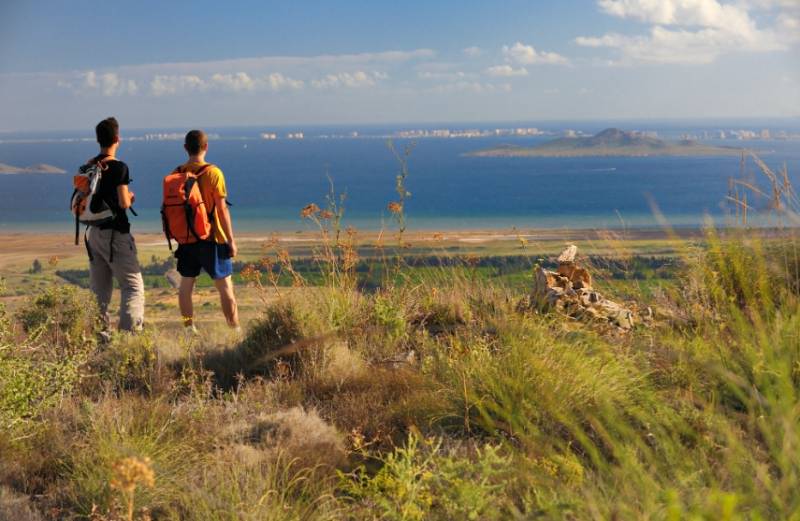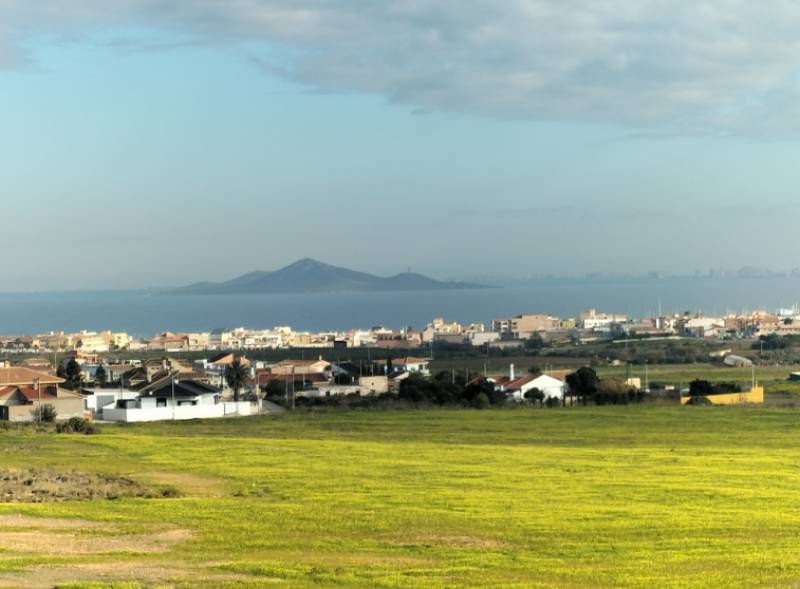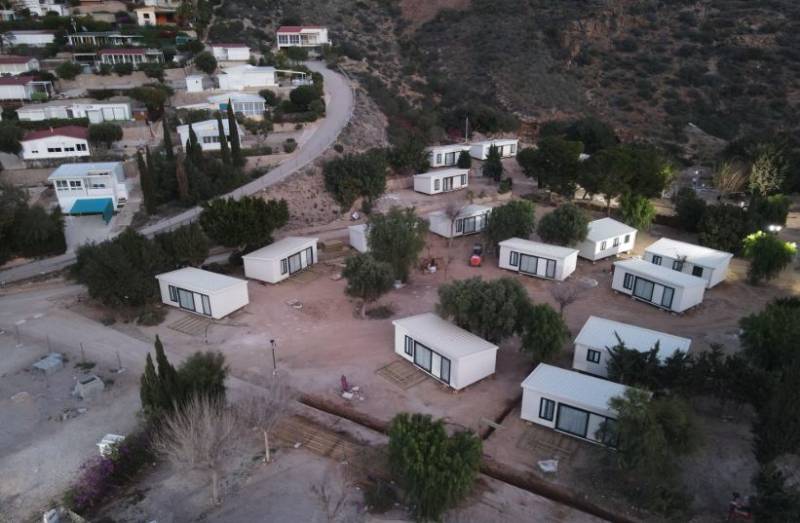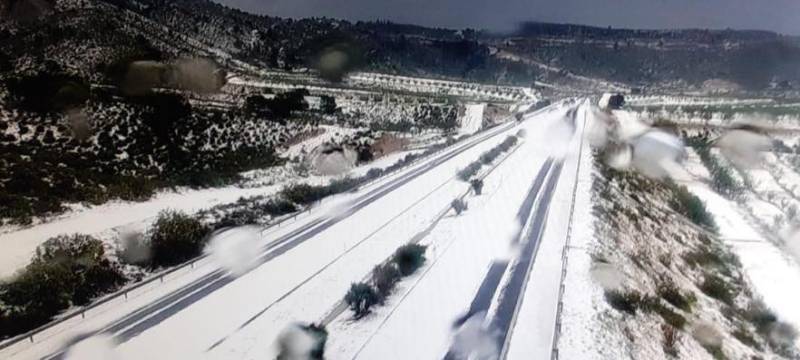- Region
- Águilas
- Alhama de Murcia
- Jumilla
- Lorca
- Los Alcázares
- Mazarrón
- San Javier
-
ALL AREAS & TOWNS
- AREAS
- SOUTH WEST
- MAR MENOR
- MURCIA CITY & CENTRAL
- NORTH & NORTH WEST
- TOWNS
- Abanilla
- Abarán
- Aguilas
- Alamillo
- Alcantarilla
- Aledo
- Alhama de Murcia
- Archena
- Balsicas
- Blanca
- Bolnuevo
- Bullas
- Cañadas del Romero
- Cabo de Palos
- Calasparra
- Camping Bolnuevo
- Campo De Ricote
- Camposol
- Canada De La Lena
- Caravaca de la Cruz
- Cartagena
- Cehegin
- Ceuti
- Cieza
- Condado de Alhama
- Corvera
- Costa Cálida
- Cuevas De Almanzora
- Cuevas de Reyllo
- El Carmoli
- El Mojon
- El Molino (Puerto Lumbreras)
- El Pareton / Cantareros
- El Raso
- El Valle Golf Resort
- Fortuna
- Fuente Alamo
- Hacienda del Alamo Golf Resort
- Hacienda Riquelme Golf Resort
- Isla Plana
- Islas Menores & Mar de Cristal
- Jumilla
- La Azohia
- La Charca
- La Manga Club
- La Manga del Mar Menor
- La Pinilla
- La Puebla
- La Torre
- La Torre Golf Resort
- La Unión
- Las Palas
- Las Ramblas
- Las Ramblas Golf
- Las Torres de Cotillas
- Leiva
- Librilla
- Lo Pagan
- Lo Santiago
- Lorca
- Lorquí
- Los Alcázares
- Los Balcones
- Los Belones
- Los Canovas
- Los Nietos
- Los Perez (Tallante)
- Los Urrutias
- Los Ventorrillos
- Mar De Cristal
- Mar Menor
- Mar Menor Golf Resort
- Mazarrón
- Mazarrón Country Club
- Molina de Segura
- Moratalla
- Mula
- Murcia City
- Murcia Property
- Pareton
- Peraleja Golf Resort
- Perin
- Pilar de la Horadada
- Pinar de Campoverde
- Pinoso
- Playa Honda
- Playa Honda / Playa Paraíso
- Pliego
- Portmán
- Pozo Estrecho
- Puerto de Mazarrón
- Puerto Lumbreras
- Puntas De Calnegre
- Region of Murcia
- Ricote
- Roda Golf Resort
- Roldan
- Roldan and Lo Ferro
- San Javier
- San Pedro del Pinatar
- Santiago de la Ribera
- Sierra Espuña
- Sucina
- Tallante
- Terrazas de la Torre Golf Resort
- Torre Pacheco
- Totana
- What's On Weekly Bulletin
- Yecla


- EDITIONS:
 Spanish News Today
Spanish News Today
 Alicante Today
Alicante Today
 Andalucia Today
Andalucia Today
Date Published: 20/09/2023
Troubling report sheds light on the real causes of pollution in the Mar Menor
The environmental imbalance of the Mar Menor is caused by several different factors

Europe’s largest lagoon has been balancing on a knife-edge for years and frequently swings between critically endangered and marginally more healthy. The situation is incredibly complex and just when scientists get a handle on one problem, such as the proliferation of invasive zebra mussels that appeared in the Mar Menor last year, another crisis like algae bloom rears its head.
One of the key reasons behind the never-ending environmental imbalance is the sheer volume of harmful chemicals that sweep into the lagoon’s water course each and every year.
According to a report carried out by the Technical Office of the Mar Menor, in 2022, some 456 tonnes of nitrates entered the lagoon from the Quaternary aquifer and through dams. This was on top of the 18.5 tonnes of phosphates that washed in from nearby farmland, slurry pits and the boulevards of the Sierra Minera.
Commissioned by the Ministry for the Ecological Transition and the Demographic Challenge, the study provides an exhaustive analysis of the various polluting sources harming the Mar Menor. These are the main contributors:
Irrigation

The Ministry points to the intensive irrigation of crops as one of the sources of pollution, with excess water washing nitrates and phosphorous into the Mar Menor. The rise in the water level of the Quaternary aquifer, which passes under the Campo de Cartagena, also means the streams joining the lagoon are in a constant state of overflow.
Excessive rainfall
It may have been the second-hottest summer of all time in the Region of Murcia but it was also one of the wettest. This heavy rainfall, which was mirrored throughout 2022, saturates the soil, increases the water levels of contaminated aquifers and raises piezometric levels (the depth between the upper layers of the aquifer and the lower).
According to the research, 48 cubic hectometres of water spill into the Mar Menor from the skies and an additional 18.2 come from soil run-off.
Drilling for groundwater

The extraction of groundwater through deep drilling to capture lower aquifers has also led to the contamination of the Quaternary, the only one suitable for irrigating crops.
Images: Oficina Técnica del Mar Menor
Contact Murcia Today: Editorial 000 000 000 /
Office 000 000 000




































